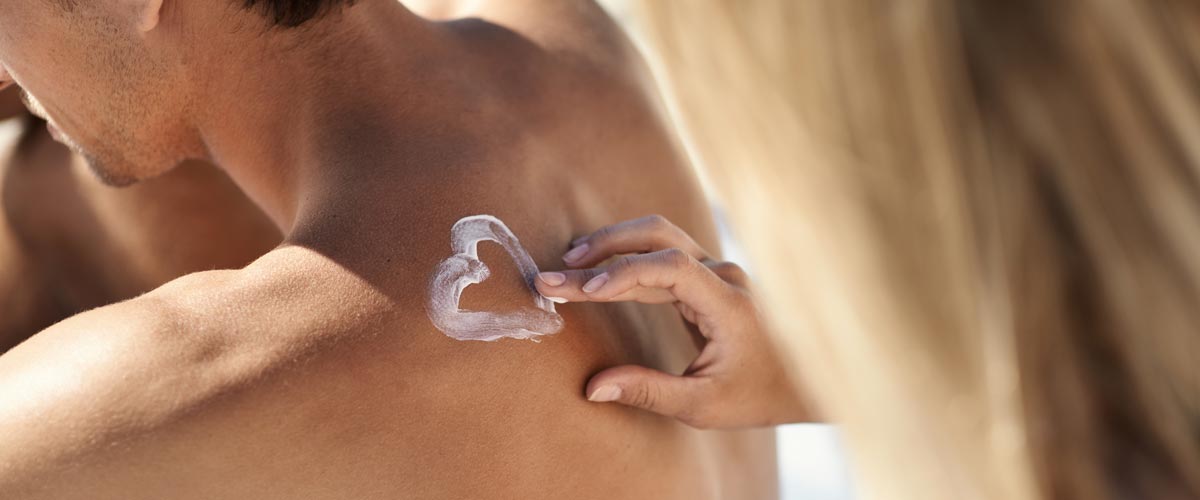Being the skin cancer capital of the world, sunscreens are part of everyday life in Australia. But have you ever thought about what goes into your sunscreen and what makes a good one? Let us help you gain a better understanding of just what is behind the ‘SPF’.
To begin with, ‘what is a sunscreen?’ A sunscreen is any product that contains ingredients that will absorb or reflect ultraviolet radiation (UV) and prevent it from reaching our skin. The ability of the sunscreen to do this is indicated by the SPF, or Sun Protection Factor, on the bottle. Basically the higher the SPF, the better the protection you are going to get.
How does a sunscreen get developed?
There are two classes of ingredients that can be used to develop the SPF in a sunscreen; physical blockers and chemical absorbers. These are called the ‘active ingredients’. Often physical and chemical actives are used together. Both classes of actives can make effective sunscreens, but each must be treated differently when a sunscreen is being made to ensure the best SPF is achieved. For example chemical actives generally need to be dissolved into the sunscreen, while physical actives need to be dispersed through the sunscreen.
The other ingredients in a sunscreen make up the sunscreen base. The base is what gives a sunscreen its feel, i.e. heavy or light. The base is also what gives a sunscreen its water resistant properties. To create a sunscreen that has a high SPF and is nice to wear, both the actives and the base need to be optimised.
When a sunscreen is developed we need to keep in mind who will be using it. For example, will it be for children, or sports people, for the face or for the body. These aspects will guide the addition of things such as water resistance, sand resistance, anti-ageing benefits or a colour tint.
Once a sunscreen has been developed it needs to be tested to determine the SPF and if it is broad spectrum. If a sunscreen is broad spectrum it means it protects from both UVA and UVB. SPF testing is done using human test subjects, and broad spectrum testing is a laboratory test. The combination of these two tests allows us to know how protective the sunscreen is.
Many sunscreens also undergo other tests to ensure they won’t irritate the skin or cause sensitisation. Facial sunscreens should be tested to be sure they won’t cause acne, and children’s sunscreens can also be tested by a paediatrician.
To manufacture a sunscreen in Australia, a company needs to be licenced by the Therapeutic Goods Administration (TGA). This is because sunscreens are considered to be medicines and so the quality needs to be assured. In addition, only ingredients preapproved by the TGA can be used in Australian sunscreens, and the formula needs to be Listed with the TGA before it can be sold.
When you buy a sunscreen, be sure to check the expiration date and be aware of it. Once a sunscreen has expired it won’t offer the same protection anymore. Store your sunscreen in a cool place, not in your car, and if your sunscreen looks separated or curdled, toss it out and buy a new one.
Developing a sunscreen takes a great deal of skill, and it can take companies many years to get it right. When you are looking for a quality sunscreen, choose one from a company that has a history of sunscreen development.
Remember, there are lots of sunscreens around: if you don’t like the one you are using, keep trying others to find one you like and are comfortable wearing. Sunscreen not only protects us from the cancer causing effects of the sun, it is the most effective tool we have against premature skin ageing.
Written by: Dr Kerryn Greive PhD, former Research and Development Manager at Ego Pharmaceuticals.
